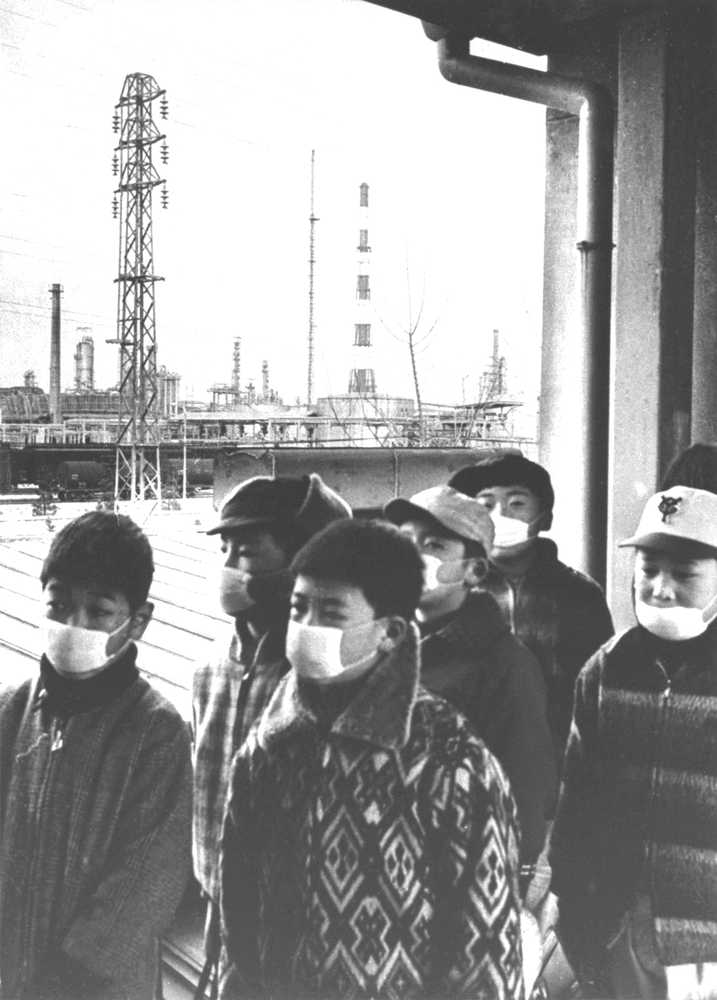TOKYO — The face masks, thick dark haze and pollution warnings plaguing residents of China’s capital this week once were a fact of life for people living in Japan’s biggest industrial cities.
Japanese suffered from dire pollution problems for nearly a century, from the time the country first began industrializing in the late 1800s. But a combination of public protests and lawsuits, local government action, use of nuclear energy and upgrading of industries and technology helped to turn the tide in the 1970s and ‘80s.
Some of the key factors that helped Japan’s big cleanup could offer hope for China, India and other countries facing severe environmental crisis:
Citizen action: Japan has a tradition of popular protest dating back to the early years of its modernization in the 19th century Meiji era, when farmers sought help against copper smelters and other polluters that poisoned their fields and forests. Japan’s democratic freedoms and independent courts were crucial weapons in the modern fight for a cleaner environment.
Local governments: Demands from the public and local governments have driven the creation and enforcement of pollution standards, even as early as the 1920s. Pollution from power plants, chemical factories and other manufacturing surged with Japan’s ascent as an industrial power following its defeat in World War II. Today’s adults in Tokyo still recall days off from school in the 1970s due to pollution alerts. In the end, local pressures prevailed over corporate interests and bureaucratic lethargy.
High oil prices: Heavy dependence on costly oil imports once Japan’s coal reserves were depleted in the 1960s gave the resource-scarce country a strong incentive to improve its energy technologies. The oil crises of the 1970s were further motivation for Japanese automakers, which initially fought efforts to reduce vehicle emissions, to devise more fuel efficient cars.
Public transport: Most people commuting to downtown Tokyo or Osaka do so by train, subway or bus. Japan’s efficient, safe and extensive public transport networks help to reduce city traffic congestion and the vehicle exhaust that is suffocating residents in Beijing.
Customs: Japanese are used to living without central heating due to the high cost of electricity. There is no household burning of trash in the cities, and construction sites and workplaces tend to minimize dust and other pollution.
Nuclear power: Japan’s adoption of nuclear power beginning in the 1960s helped the country slash emissions from coal and oil-burning plants. Some of those gains were lost after reactors were shut for safety checks after the 2011 meltdown in Fukushima, but the government cites pollution as a key reason for reviving nuclear power.
Backsliding: Tokyo and other cities still endure hazy days, sometimes due to dust and pollutants drifting over from China. New types of toxins such as dioxins from trash incinerators and carcinogenic volatile organic compounds like benzene and tuolene pose fresh concerns.

